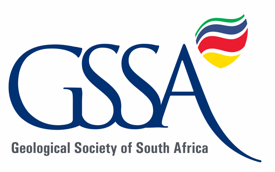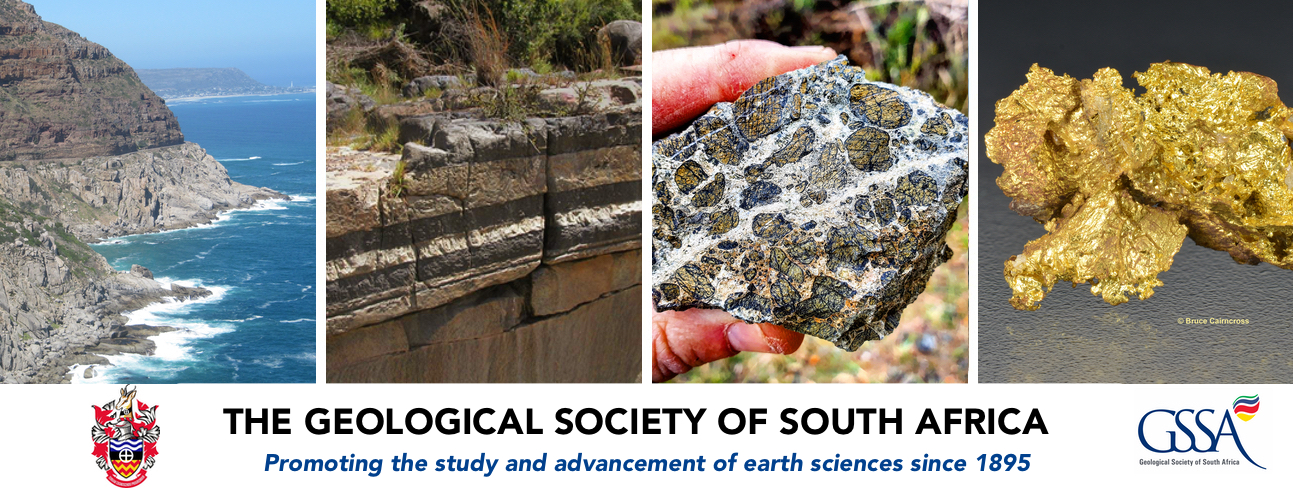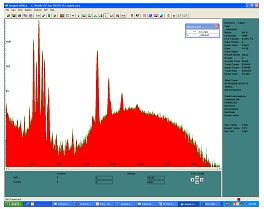UNDERSTANDING XRF SPECTROMETRY, UCT, 14 – 25 January 2019
The Department of Geological Sciences will host a summer course for industry, research, and academia on the theory and practice of XRF Spectrometry from 14 to 25 January 2019. Initiated by Emeritus Prof James Willis, and now organized by UCT in association with Malvern Panalytical B.V., this course presents the principles and practice of XRF analysis. The emphasis will be on the application of the technique to geological materials, but applications in the cement, metals, and other industries and in environmental analysis will also be discussed.
MORE INFORMATION AND REGISTRATION FORM:http://www.gssa.org.za/wp-content/uploads/X-ray-school-UCT-january-2019-Announcement-1.pdf
COURSE SYLLABUS
FIRST WEEK LECTURES
** Properties of X-rays. ** Excitation of X-rays; scattering of X-rays. ** Dispersion of X-rays; spectrometers. ** Detectors; dead time losses. ** Counting chain electronics, pulse height analysis, sin-? amplifiers, pulse shifts and distortions. ** Energy dispersive spectrometry. ** Matrix effects: absorption, enhancement, particle size effects, mineralogical effects, chemical effects, surface effects. Mass attenuation coefficients. Critical thickness. ** Introduction to quantitative major and trace XRF analysis; counting statistics. ** Sampling; major and trace element sample preparation: crushing, grinding, binders, fluxes and fusions. ** Selection of instrumental parameters.
FIRST WEEK PRACTICAL SESSIONS ** Introduction to WDXRF spectrometers; running wavelength scans. ** Introduction to EDXRF spectrometers. ** Qualitative analysis using wavelength and energy dispersive spectrometers. ** Setting detector voltages, determination of detector resolution, setting of pulse height selector. ** Determination of mass attenuation coefficients by calculation from major element composition, and by Compton peak measurements. ** Introduction to the calculation and application of influence coefficients; quantitative analysis.
SECOND WEEK LECTURES ** Quantitative major and trace element analysis: choice of angle/counting positions, determination of background intensity, spectral interferences on analyte line and associated background positions, X-ray tube line interferences, use of Compton peak MACs. Standards and standardization. ** Choice of analysing crystals for determination of low atomic number elements, crystal fluorescence problems, and their solution. ** Calculation of theoretical intensities. ** Influence (alpha) coefficients: empirical and theoretical; fundamental parameters; different influence coefficient algorithms for correcting for inter-element matrix effects. ** Special sample preparation techniques; quality of data; applications of XRFS in industry; comparison of XRFS, and other instrumental techniques.
SECOND WEEK PRACTICAL SESSIONS ** Major and Trace element data reduction: methods for determining background intensity at peak positions; corrections for peak-on-peak and peak-on-background interferences; determination of, and correction for, X-ray tube line interferences; iterative cross-tail correction procedures; standardization; calculation of concentration using MACs for matrix correction, counting error, and lower limit of detection. ** Applications of mass attenuation coefficients; absorption edge problems; techniques for crossing (“jumping”) major element absorption edges. ** Derivation, calculation and application of influence (alpha) coefficients. ** Application of different influence coefficient models/equations/algorithms. ** Practical demonstration of the use of different models for the correction of inter-element matrix effects in setting up calibrations. ** Explanation and application of software for major and trace element data reduction.


